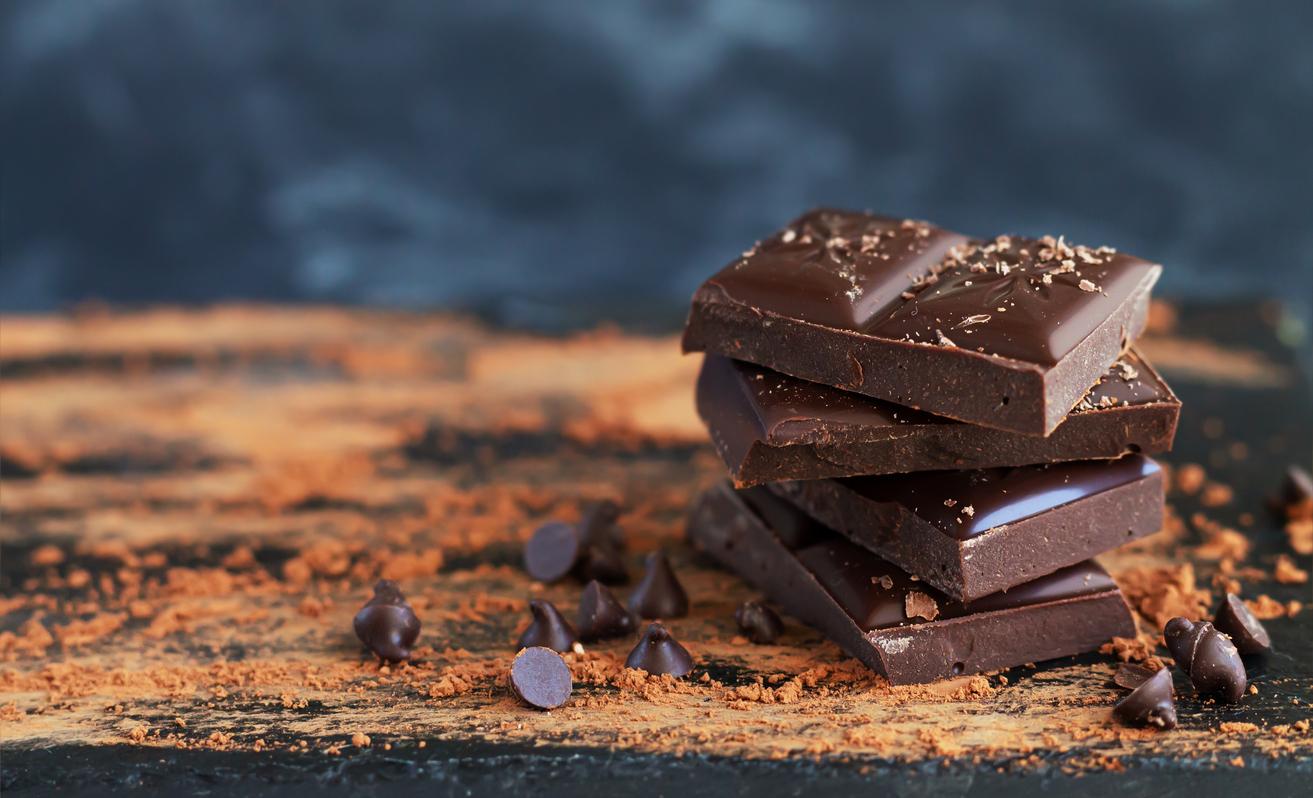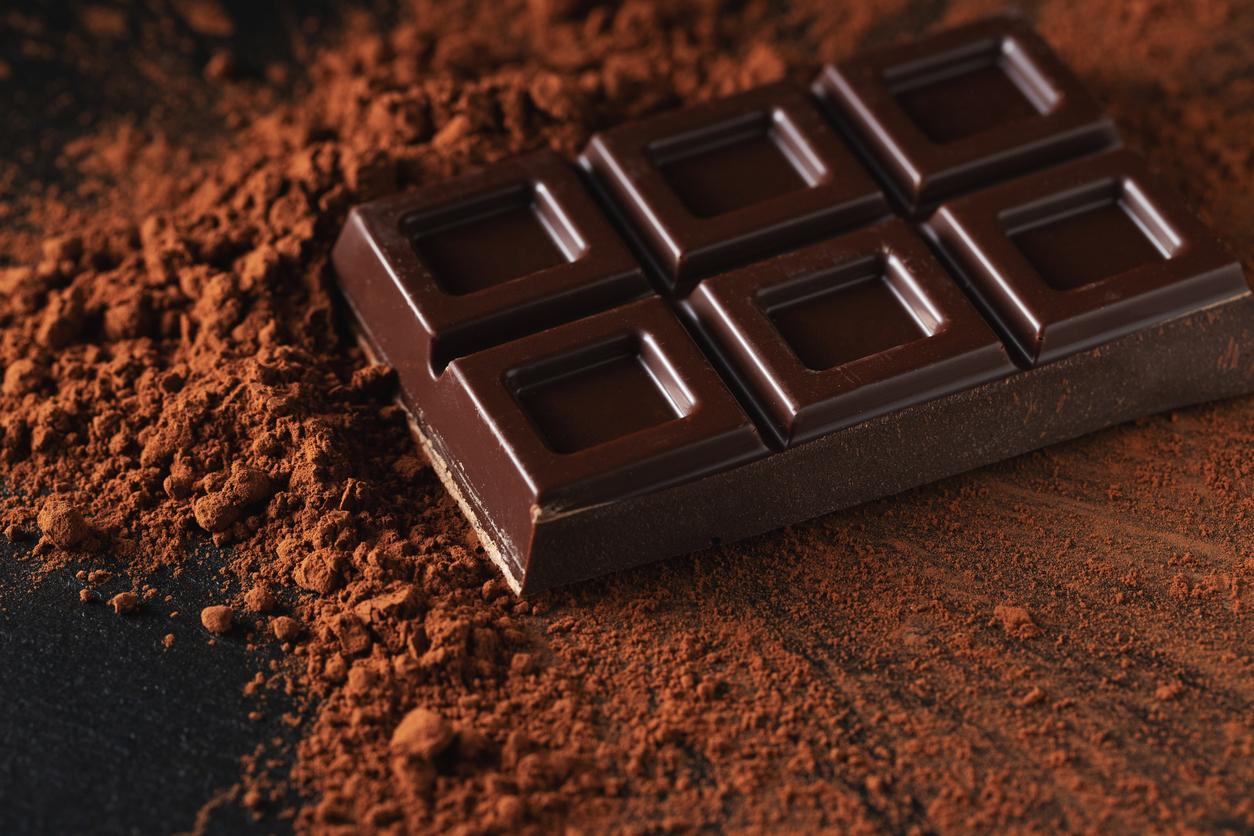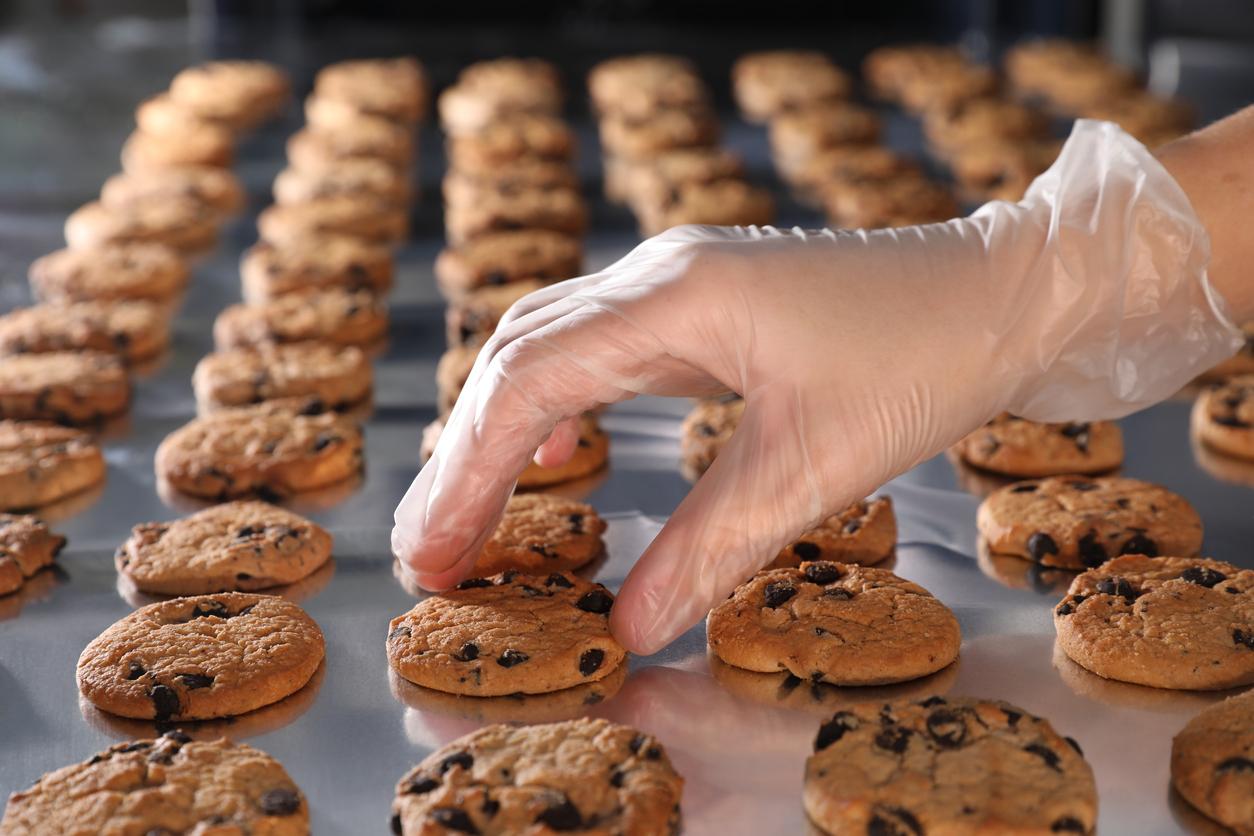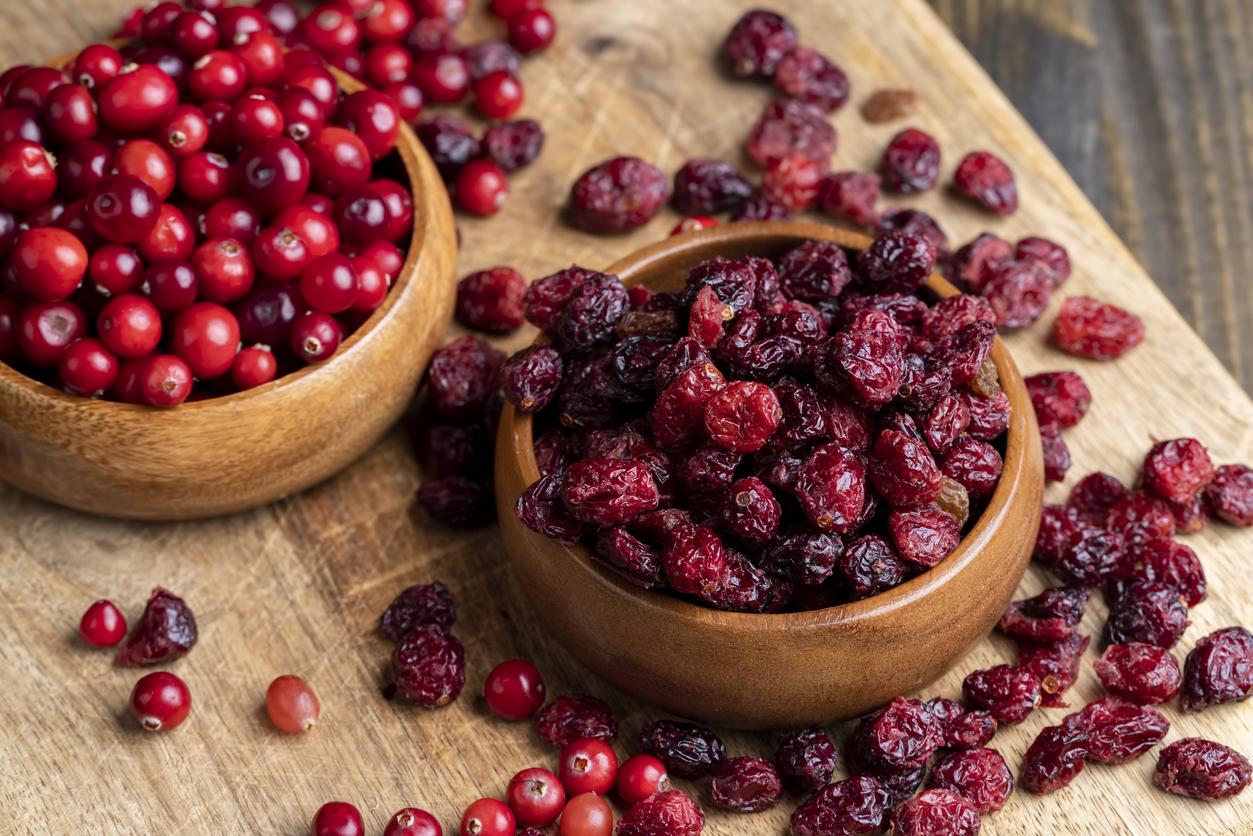
Is it fungus?
Good question! In this section Plus goes in search of answers to nagging questions. Are fresh vegetables healthier than vegetables from jars or cans? Does the 5-second rule work? And can you still eat chocolate with a white rash?
It is a familiar situation for many chocolate lovers: you look forward to a nice piece of chocolate, but as soon as you take it out of its packaging, you see a white haze. It looks like a fungus. Fortunately it is absolutely not.
Fat or sugar ripe
The white rash or specks on chocolate is also referred to as ‘bloom’ by insiders. When chocolate gets too hot, the cocoa butter incorporated into the chocolate will melt. When the chocolate cools down again at a later time, the cocoa butter solidifies and crystallizes. The fat crystals form a grey-white haze on the surface of the chocolate. This is called fat ripe or fat bloom.
However, the white rash can also be sugary or sugarbloom. If you store chocolate in too high a humidity or strongly fluctuating temperatures, water condenses on the surface of the chocolate. Sugar from the chocolate dissolves in this water, creating sugar crystals. When moisture evaporates, these crystals remain on the surface.
Although you can still eat chocolate with sugar or fat ripe, it comes at the expense of the quality. The structure of the chocolate changes, causing the taste to deteriorate and the chocolate to feel somewhat grainy. So it is important to store chocolate correctly.
Storage advice
It is best to store chocolate wrapped in a dry and dark place. Avoid temperature fluctuations and do not put the chocolate in the refrigerator. A room temperature between 12 and 20° Celsius is fine. Furthermore, it is better not to store chocolate near strongly scented products. It absorbs odors easily.
Dark chocolate has a shelf life of about 1.5 to 2 years. Milk and white chocolate 1 to 1.5 years. You can often still eat chocolate after the expiration date on the package. The chocolate is then not spoiled, but the quality gradually deteriorates.















